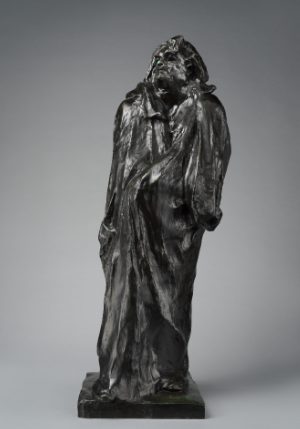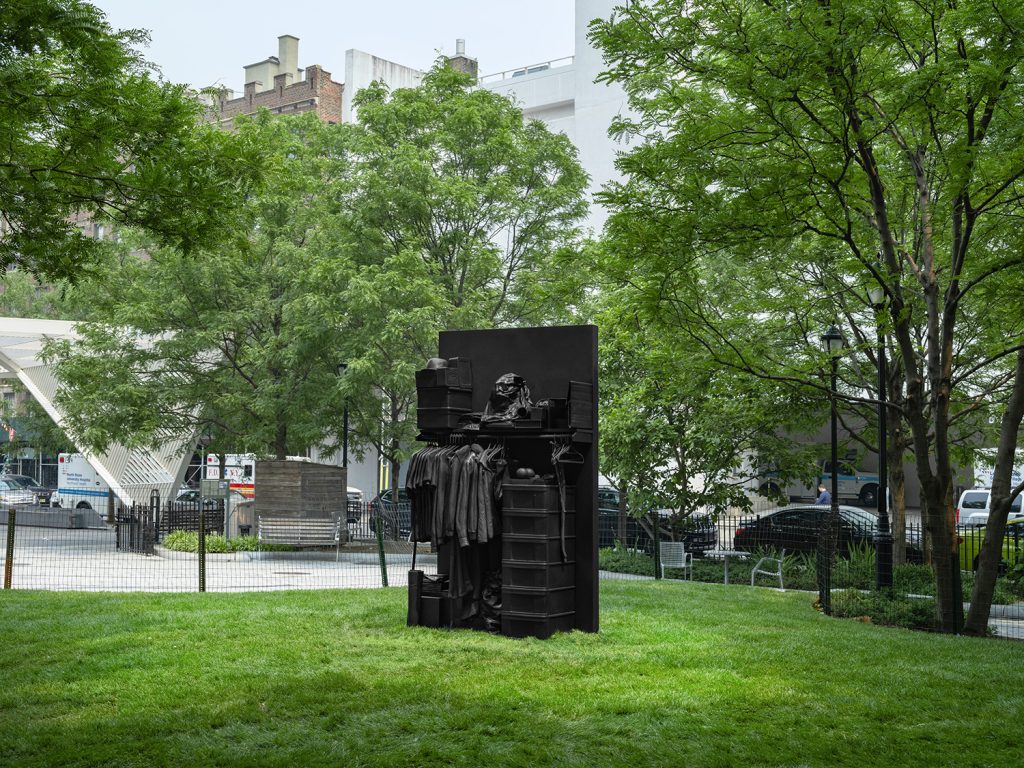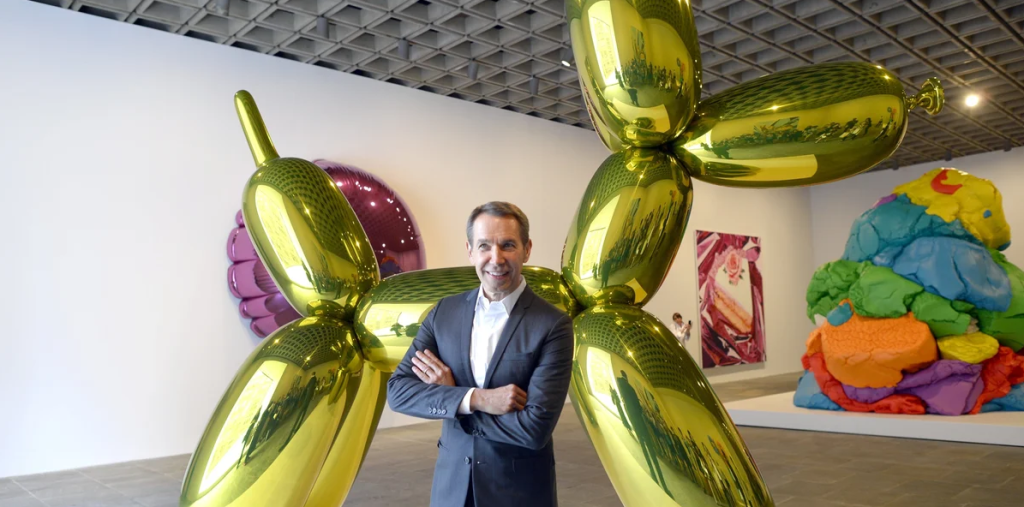Sculpting Literature: The Story Behind Rodin’s Monument to Balzac
Auguste Rodin, a master of sculpture, created many iconic works, but his Monument to Balzac stands out as a unique fusion of literature and art. Commissioned in honor of the French novelist Honoré de Balzac, this monumental piece captures the essence of a writer whose influence permeates literature. Understanding the story behind this masterpiece sheds light on Rodin’s artistic vision and the impact of Balzac’s work.
The Visionary Behind the Monument
Rodin was commissioned to create the Monument to Balzac in 1891, intended to celebrate Balzac’s contributions to literature. Working on this project presented Rodin with a challenge: how to embody the spirit of a man whose written words conjured entire worlds. Rodin chose to portray Balzac in the act of creation, emphasizing not just his physical presence but also his fervent intellectual energy. This approach illustrated Balzac as a titan of literature, sculpted in a way that transcends mere portraiture.
Balzac’s Influence on Literature
Honoré de Balzac is often hailed as a precursor to modern literature, thanks to his detailed characterizations and social commentary. His monumental work, “La Comédie Humaine,” offers a panoramic view of 19th-century French society, influencing countless writers, from Marcel Proust to Virginia Woolf. Rodin’s decision to honor Balzac reflects not only the novelist’s significance but also an acknowledgment of literature’s power to shape culture and society. The Monument to Balzac serves as a tribute to the belief that literature can mirror reality, paving the way for deeper artistic explorations.
The Controversy Surrounding the Sculpture
Rodin’s depiction of Balzac faced significant scrutiny. When the sculpture was first unveiled in 1898, critics found the representation unorthodox, with its rough surface and abstract form. Many were quick to criticize it as incomplete or unrefined, arguing it failed to accurately capture Balzac’s physical appearance. Yet, Rodin defended his work passionately, emphasizing the importance of emotional truth over realistic likeness. Over time, the monument gained appreciation, and today it is celebrated as a powerful example of artistic expression and a reminder of the complex relationship between art and literature.
Conclusion: A Lasting Legacy
Rodin’s Monument to Balzac serves not only as a tribute to a literary giant but also as a testament to the interplay between art and narrative. It invites viewers to ponder the creative process and the impact of words on the human experience. To delve deeper into the lives and works of Rodin and Balzac, consider exploring museums or literature that delve into their legacies. Embrace the opportunity to discover how art can shape our understanding of the written word.


